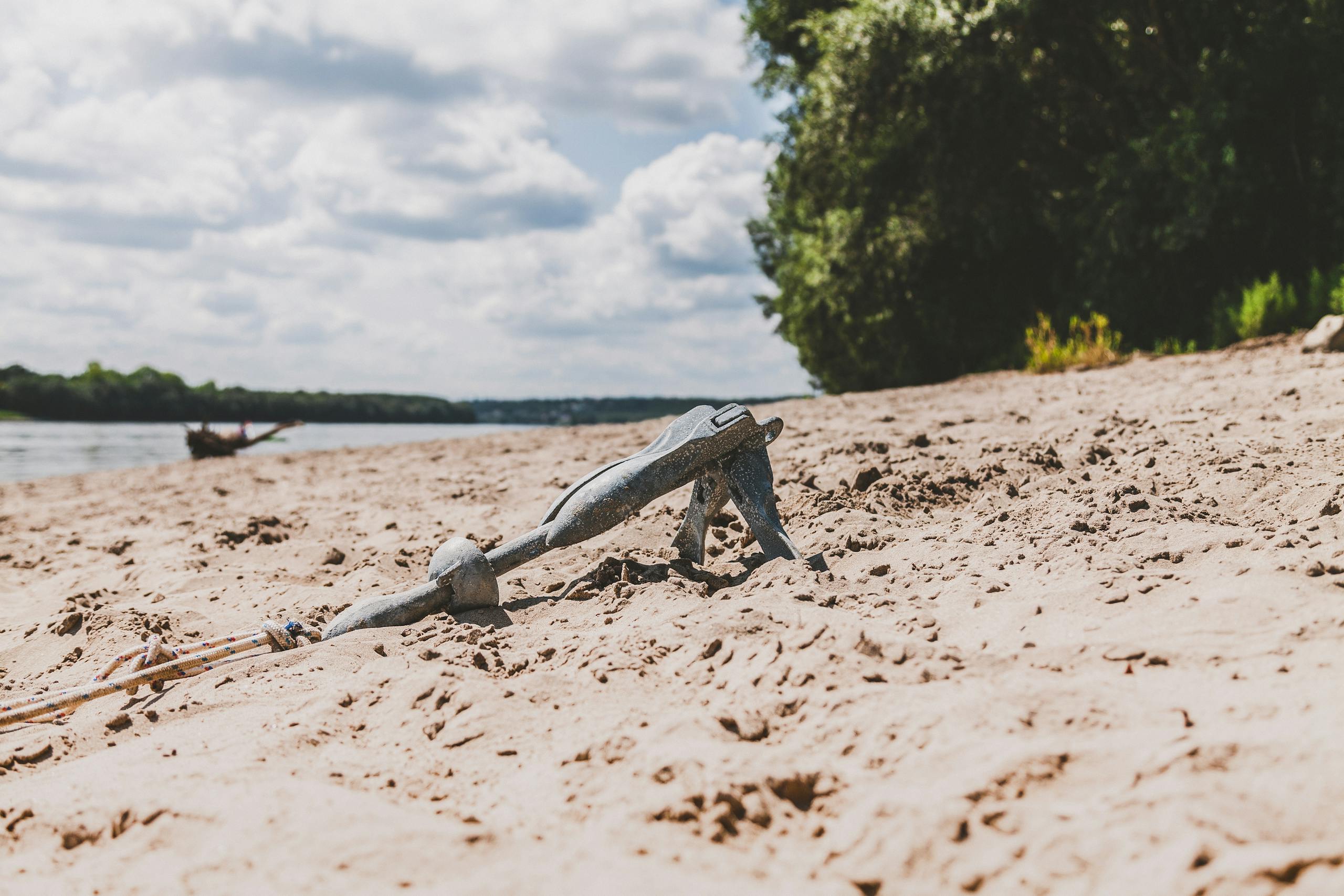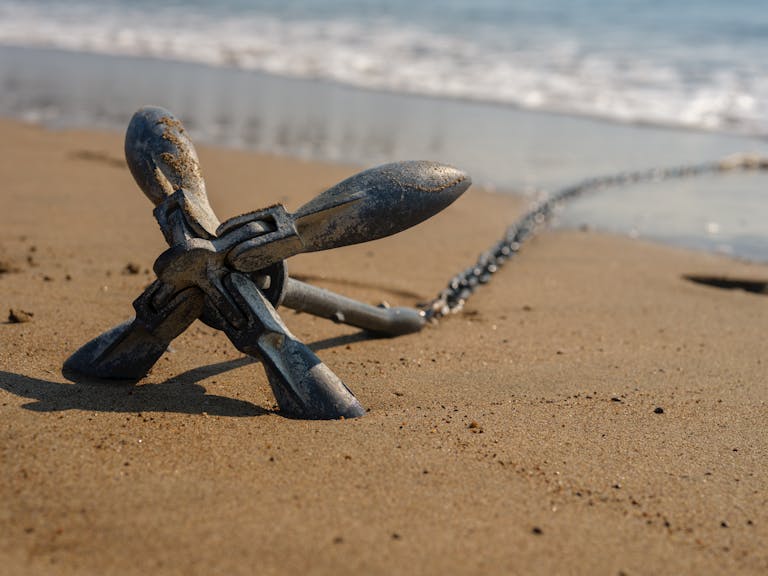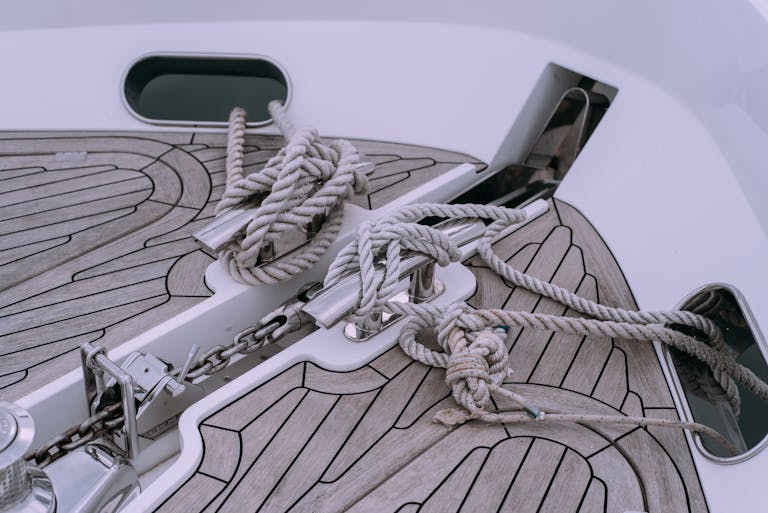Anchoring is a fundamental skill for boaters, essential for both safety and enjoyment on the water. Proper anchoring ensures that your boat remains securely in place, preventing drift that could lead to grounding or collisions. Here’s a step-by-step guide on how to anchor a boat effectively.
1. Choose the Right Spot
- Shelter: Look for an area sheltered from the wind and waves. This reduces the strain on your anchor and provides a more comfortable anchoring experience.
- Depth and Bottom Type: Check the water depth and seabed composition. This information helps determine the amount of anchor line you’ll need and the type of anchor to use.
- Space: Ensure there’s enough space around your boat for it to swing with changes in wind or current without hitting other boats or obstacles.
2. Prepare Your Gear
- Anchor: Ensure you have the right type of anchor for the seabed.
- Rode: This is the combination of chain and line. The length should be 5 to 7 times the water depth for optimal holding.
- Safety Gear: Have fenders and docking lines ready in case you need to quickly move or secure your boat elsewhere.
3. Approach and Position
- Head into the Wind/Current: Approach your chosen spot slowly, facing into the wind or current.
- Stop and Set: Once you reach the desired location, stop the boat and allow it to drift back slightly as you lower the anchor.
4. Lowering the Anchor
- Controlled Drop: Lower the anchor slowly to avoid tangling. Don’t just toss it overboard.
- Scope: Pay out the rode as the boat drifts backward. Aim for a scope (ratio of the length of rode to the depth of water) of 5:1 in calm conditions and up to 7:1 in rougher waters.
5. Setting the Anchor
- Reverse to Set: Gently reverse the boat to help the anchor dig into the seabed.
- Check for Drag: Monitor the boat’s movement to ensure the anchor is holding. Use landmarks or GPS to detect any drifting.
6. Securing the Line
- Cleat Hitch: Secure the anchor line to a bow cleat using a cleat hitch.
- Check Strain: Ensure the line is not under excessive strain and that the anchor is holding firm.
7. Monitoring
- Regular Checks: Periodically check your position relative to landmarks or GPS to ensure the anchor isn’t dragging.
- Adjustments: Be ready to adjust the scope or reposition the anchor if necessary.
8. Retrieving the Anchor
- Motor Forward: Slowly motor towards the anchor to take tension off the rode.
- Haul Up: Pull up the anchor hand-over-hand or using a windlass, ensuring it’s clean and secure before stowing.
Proper anchoring requires practice and attentiveness. By following these steps, you’ll ensure your boat remains securely anchored, providing a safe and stable platform for your on-water activities.



